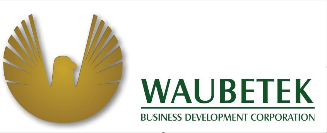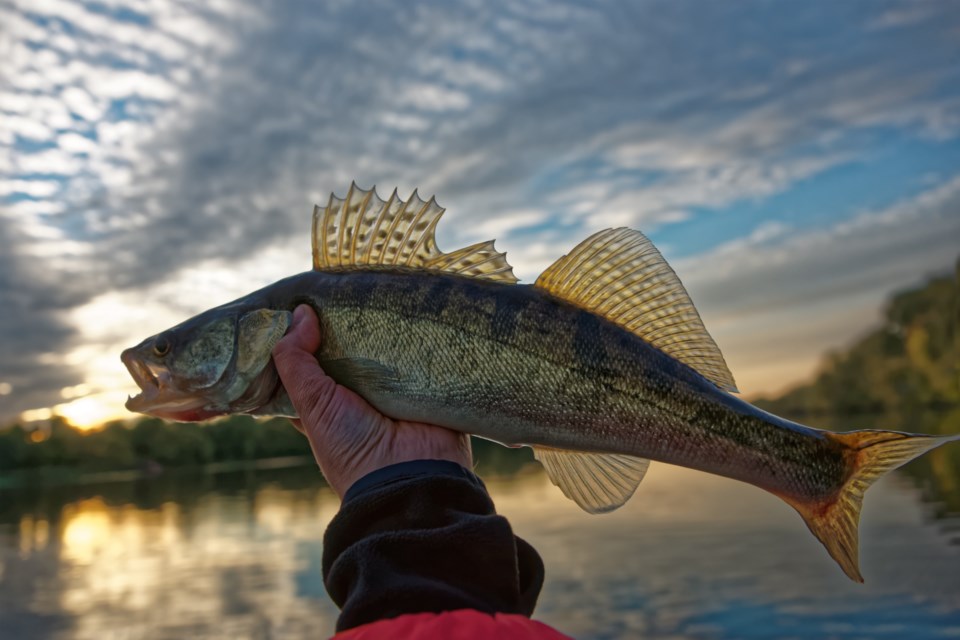Located on the shore of beautiful Deer Lake, 580 kilometres north west of Thunder Bay, Ontario not far from the Manitoba border is an Oji-Cree community of 1100 residents in the process of restoring its cultural vitality and traditional practices by rebuilding the relationship of their membership with the walleye. All were inspired by stories of their elders who talked about assisting the walleye spawn by extracting eggs and milt from walleye during the traditional spawn harvest season.
As a result, a decision was made by community leaders to replenish the diminishing walleye population by investing in a hatchery currently in the final phases of construction in Atikokan, Ontario.
Deer Lake First Nation Chief Lenard Mawakeesick says that although the walleye is an important source of protein for community members, there’s another important aspect: “We want to inspire our community members and especially our young people by teaching them the great spiritual and cultural value of conservation. This will contribute to the building of our community through the celebration of giving back and the practice of ceremonies regarding the fish spawn.”
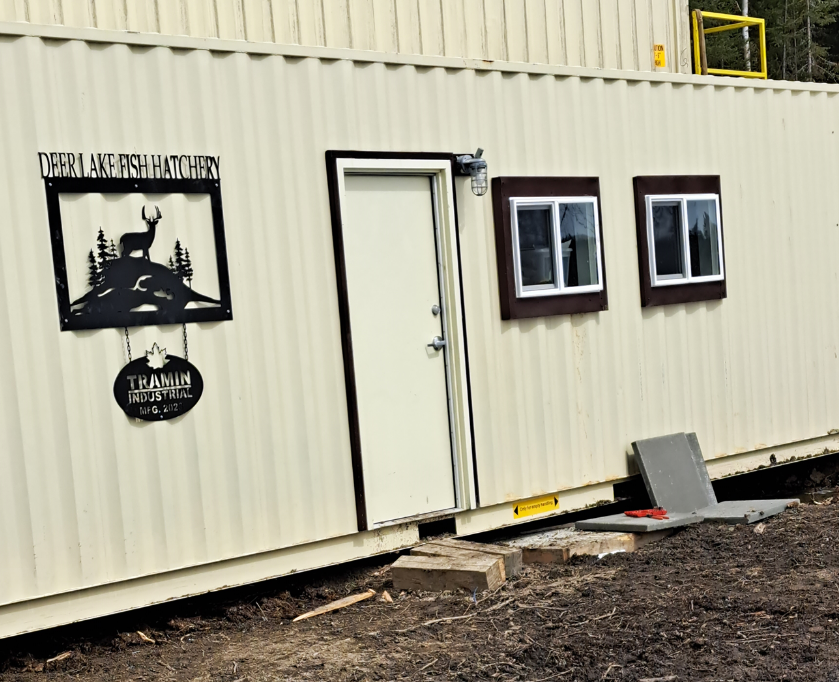
About a decade ago, the people of Deer Lake First Nation began to notice a reduction in walleye stocks. When they went fishing, the catch per unit effort was down from previous years. In the Fall of 2014, the community contacted the provincial Ministry of Natural Resources and Forests (MNRF) requesting their support in conducting a fisheries survey to investigate community concerns. In August 2015, Deer Lake First Nation and MNRF conducted fish surveys through broad-scale monitoring. The survey confirmed that the walleye population was in decline.
What to do and how to do it became a source of frustration and disappointment for the community. Until one day the stories of the elders began to be told and the idea of building a fish hatchery began to circulate. Following more formal discussions, the community learned of the creation of a new program that could help the community meet its goal of revitalizing the walleye population in Deer Lake First Nation. In 2019, community leaders approached Waubetek Business Development Corporation to seek funding through the new Northern Integrated Commercial Fisheries Initiative (NICFI).
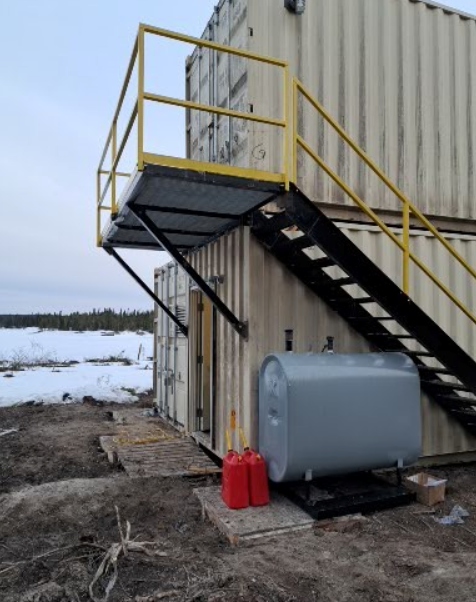
Several community consultations and meetings took place in order to decide what kind of hatchery could be built. There is no road access to Deer Lake First Nation other than ice roads in the winter months. This factor alone greatly complicated matters. Therefore, the next several months were dedicated to the development of a hybrid business plan/feasibility study. This included a full review of fisheries data.
Many elements were involved in completing the study and the business plan. The type of design for the hatchery was foremost. Community consultations helped determine the type of hatchery followed by estimations of capital expenditures required and operational costs over the first few years of the project. Construction and building options are always a challenge for remote communities. Therefore, finding the right aquaculture project that could truly benefit the community for the long-term became the central focus.
“We took our time during the development phase, not to mention delays associated with the Covid 19 pandemic. But the community was determined and we worked hard to find a way to get it done,” added Chief Mawakeesick. Partnerships with Tramin Industrial and the Atikokan Sportmen and Conservation Club was a turning point for the project. The partners worked together to develop a unique, state-of-the-art design of a modular hatchery that could be easily transported on ice roads and assembled in the community. Three large shipping containers are being modified, designed and fully insulated to accommodate the hatchery and the equipment required to make it operational.
This includes a complete recirculating aquaculture system including temperature control and water filtration system for the 32 incubation jars used to incubate the walleye eggs. The community is expecting the hatchery to be delivered in early Spring. It will then be assembled at its designated location within the reserve about one kilometre outside the residential area on the shores of Deer Lake.
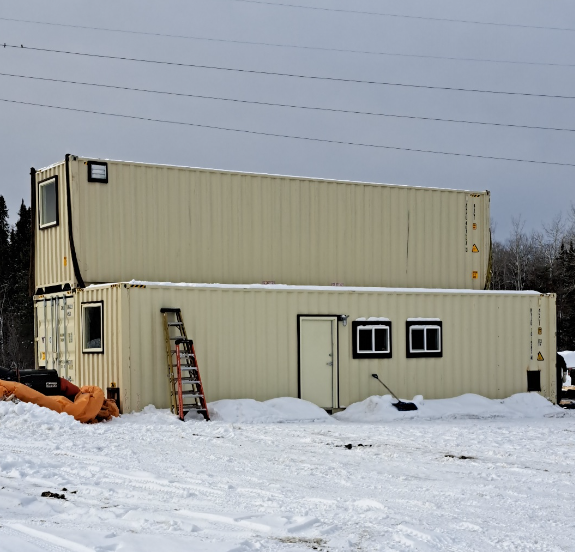
Four community members have received training on how to manage and operate the hatchery. With the walleye’s spawning season beginning about the third week of May, the early Spring delivery will give the employees time to assemble the hatchery, settle in and get everything ready prior to getting to work.
One of the first tasks they will have to do is harvest the necessary walleye broodstock in order to collect eggs/milt. Once that process is completed, the team will get to work at the hatchery. “This year will be a learning curve for all of us. Our trained employees are ready, willing and able but this year will be all about getting the on- site experience, education and knowledge required to operate a successful and sustainable hatchery for the long term. That’s the goal this year,” concluded Chief Mawakeesick.
Restoring the walleye population has brought the Deer Lake First Nation together with an important common goal. Community leaders are looking forward to passing on to the next generation the ancient cultural practice of their elders of helping and supporting species like the walleye during the traditional spawn harvests. They are hoping that the new hatchery will one day result in the restoration of a healthy and sustainable walleye population in Deer Lake. Fisheries and Oceans Canada’s NICFI program provides business development support to First Nations with their communal aquaculture initiatives. But it is the wisdom and vision of the community’s elders, the will of their leaders and the determination of their members that were the driving forces that made this project happen.
Learn more about Waubetek Aquaculture online here.
